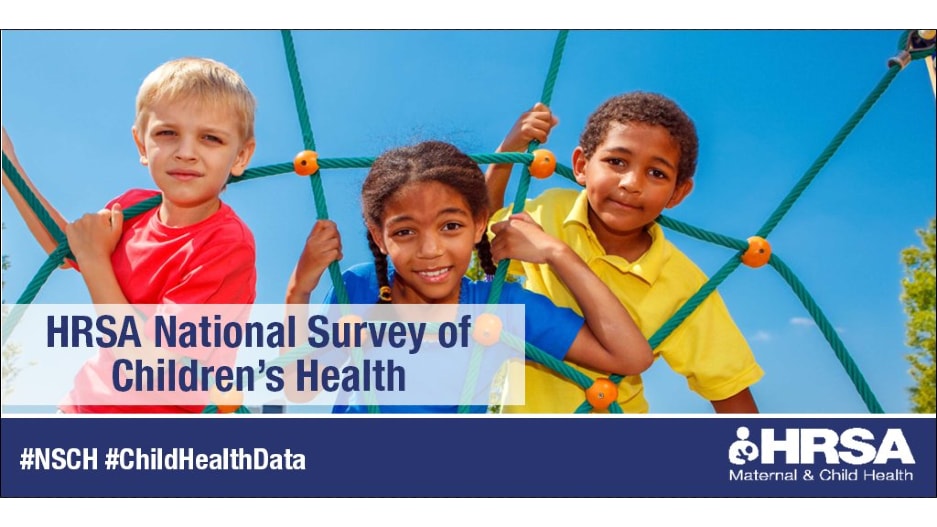Key points
- The National Survey of Children’s Health (NSCH) is a national self-report telephone survey.
- Sample: national and state representative sample of children aged birth to 17 years.
- Sample size: approximately 95,000 children per year.
- VEHSS topics: Vision Problems and Blindness, Vision Care Services.

Where the data come from
NSCH, which is sponsored by the Maternal and Child Health Bureau of the Health Resources and Services Administration, examines the physical and emotional health of children from birth to 17 years. NSCH was designed to produce nationally and state-representative estimates. NSCH was selected for inclusion in VEHSS to capture demographic and state-level variation of visual health among children, a population that may be underrepresented in other data sources selected for inclusion in VEHSS.
Analysis overview
VEHSS estimated the prevalence rate and sample size from NSCH public use data files to estimate prevalence rates and counts at national and state levels. The prevalence rate was defined as the number of people who gave an affirmative response to the question divided by the total number of respondents who gave an affirmative or negative response and multiplied by 100 for presentation in percentage format. Estimates with high uncertainty are suppressed.
NSCH questions included in VEHSS
| VEHSS Topic | VEHSS Indicator | NSCH Variable Name | Question | Sample |
|---|---|---|---|---|
| Vision Problems and Blindness | Percentage of children who are blind or have problems with seeing even when wearing glasses | Blindness | Does this child have any of the following? Blindness or problems with seeing, even when wearing glasses | Children 0-17 |
| Vision Care Services | Percentage of children who have ever had their vision tested with pictures, shapes, or letters | K4Q31_R | Has this child ever (0-5 years)/ During the past 2 years (6-17 years) had his or her vision tested with pictures, shapes, or letters? | Children 0-17 |
| Vision Care Services | Percentage of children who have ever had their vision tested with pictures, shapes, or letters at eye doctor or specialist, pediatrician/general doctor’s office, clinic or health, school, or other | K4Q32X01 K4Q32X02 K4Q32X03 K4Q32X04 K4Q32X05 |
If yes, what kind of place or places did this child have his or her vision tested? Mark ALL that apply. | Children with YES response to K4Q31R |
Available geographical levels
- National
- State
Data definitions
Included stratification factors (state and national estimates)
Age Group
Sex
Race/Ethnicity
Risk Factors
Data Type
A detailed description of the analytical steps is described in the report "VEHSS Survey Analysis Plan."
Full analysis documentation is included in the "VEHSS NSCH Data Report."
Limitations
NSCH provides national- and state-level estimates of visual function, as reported by a parent or guardian. The level of detail of results is limited by sample size, which limits availability of cross-stratified estimates. VEHSS includes estimates for all children ages 0-17 in all states. In some larger states (e.g. California), we were able to identify prevalence estimates at a single level of stratification. We currently plan to include full stratification at the national level. Unlike other data sets included in VEHSS, NSCH only includes one VEHSS-defined age group, which means that full stratification of results is at the 2nd level (race*sex).
Diabetes was the only VEHSS-defined risk factor included in the survey. However, due to the relatively small number of children with diabetes, diabetes was not included in the analysis due to insufficient sample size.
